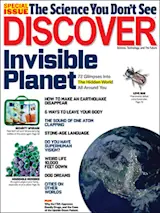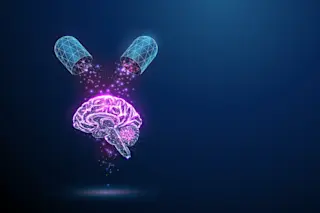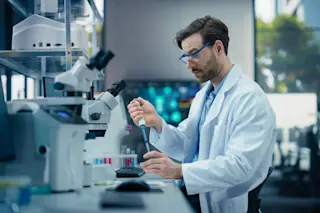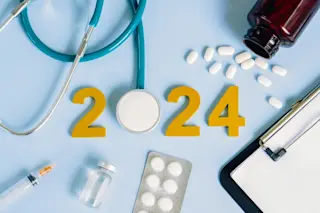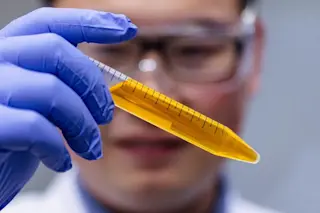Here’s a thought experiment for you: If someone told you you had to drink just one kind of alcoholic beverage for the rest of your life, and you wanted that life to be long and healthy, what would you pick? Wine, right? After all, you’ve probably heard about the scientific studies showing that drinking wine is associated with better health in general, and a longer life span in particular. Give jocks their beer and lushes their hard liquor; the drink of robust, long-lived people is wine.
But you have probably not heard about another study, released during the media dead zone just after Christmas last year, that questioned wine’s reputed health effects. Researchers at Stanford University and the University of Texas at Austin examined a group of Americans aged 55 to 65 and compared their drinking habits with how they fared over the course of 20 years. The scientists found ...



